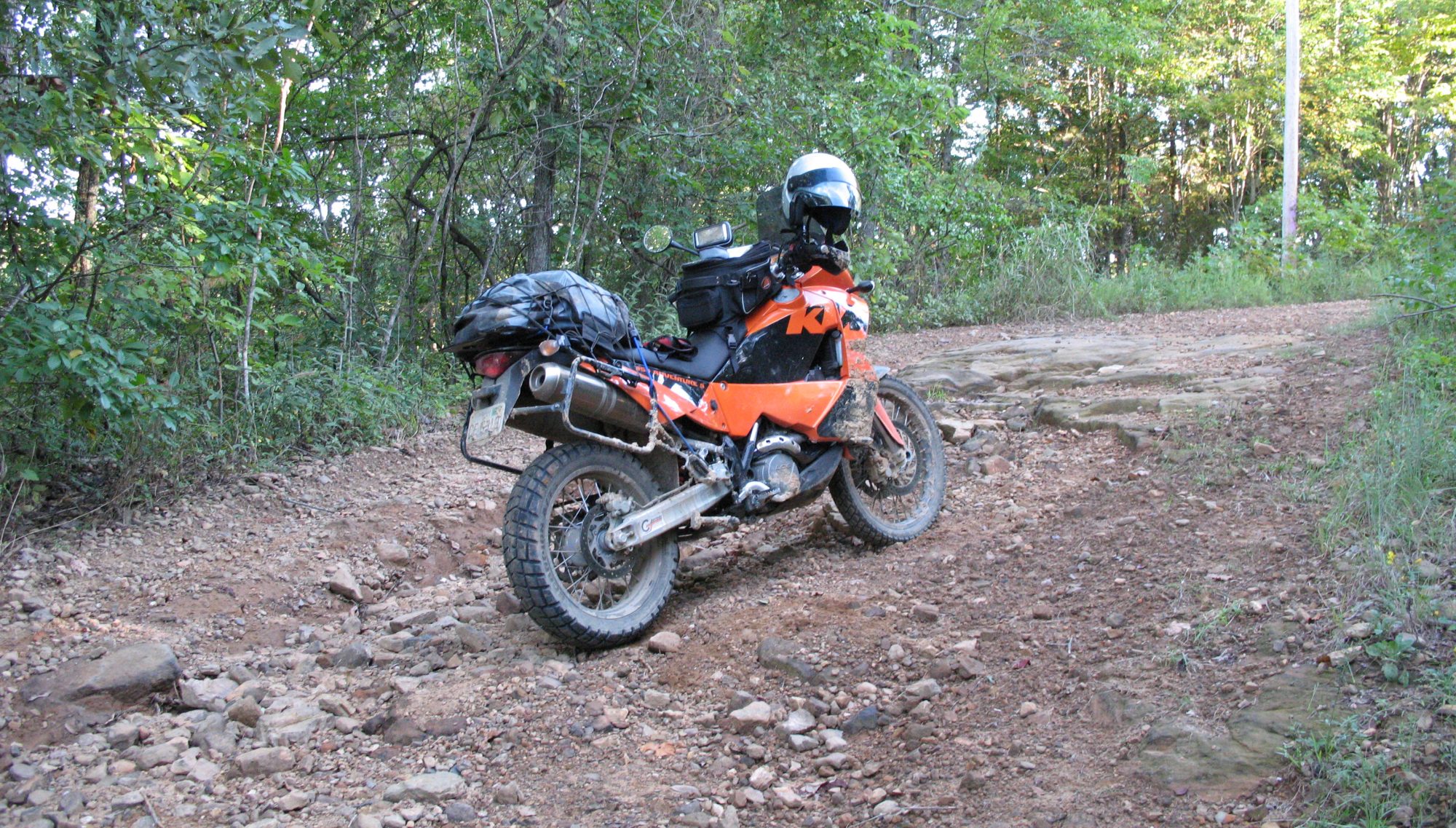No, not a racing car air dam, not a sentence that gives away the who-dun-it, a spoiler that mounts on the trunk of the Goldwing and has an led brake light in it. They are a fairly common add-on to Goldwings, mainly because of the brake light. Any time you can add more visibility to the rear of a motorcycle it’s a plus for safety. The downside is that the Honda factory spoiler is almost $300. I got a good deal on a yellow one, because the owner never mounted it and subsequently sold the bike. I took the brake light out and then went to Mr. Wizard, the paint guy at Black Magic Customs. He knows how to make yellow paint black and he worked his magic, flawlessly as usual. The rest was up to me.
Following the directions, which curiously say “not to be attempted by do-it-yourselfers”, I marked the trunk lid for the required 5 holes. I double checked to be sure the 5th hole was on the side for the wire leads and then drilled through. It’s nerve-wracking when you’re irrevocably drilling holes in a trunk lid that will cost several hundred to replace if the holes aren’t correct, so double and triple checking seemed reasonable, not paranoid. Drilling the holes to the proper size was easy with a step bit, and the spoiler fit just fine. Whew! I cleaned everything up, reinstalled the inner lid, and put the tools away.
It works great and really adds to visibility. Some folks have used add-on modules to make a running light/brake light or run/turn/brake light out of it, but I think it garners more attention when it’s on only as a brake light. Hopefully the cager following me will see it and avoid rear-ending me. That’s what I want to prevent – along with pretty much all encounters with other motor vehicles. Things are just more enjoyable that way.
